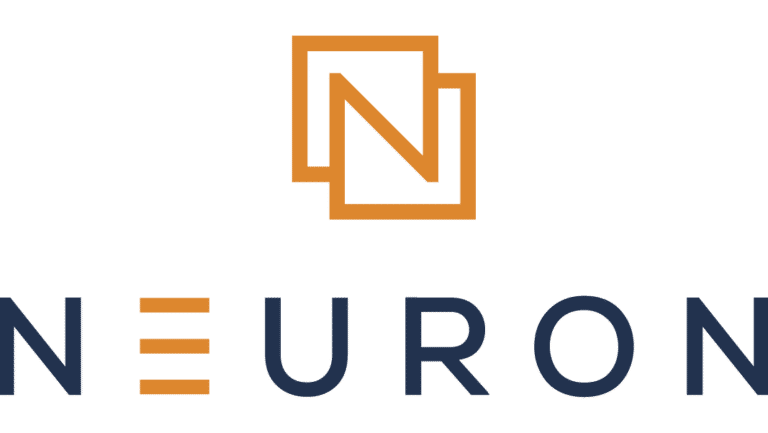Cybercrime has increased 600% this year due to the pandemic. Hackers have taken advantage of multiple factors, including fear, confusion, and the fact that a majority of employees have had to work from less secure home networks.
Cybersecurity is one of the most important areas of Southern California company’s business technology infrastructure. There are multiple attacks and breaches that can happen, and all of them are costly.
If businesses don’t manage the risk and vulnerabilities of their technology and ongoing cybersecurity practices, they can be severely impacted.
Just a few statistics that illustrate how costly an IT security event can be:
- The average cost of a data breach for a small business is $149,000
- A successful ransomware attack costs companies an average of $732,520
- 60% of small businesses close for good within 6 months of a cyberattack
What is Cybersecurity Risk Management?
Cybersecurity risk management looks at all the vulnerabilities in a business technology infrastructure and prioritizes solutions to mitigating those risks. The goal is to prevent multiple types of cyber events, from data breaches to ransomware infections to phishing attacks.
Using a cybersecurity audit, risk management activities can zero in on any potential weaknesses in a company’s security measures and take necessary actions to prevent a successful attack.
The Right Way to Manage Your Cybersecurity Risk
Managing cybersecurity risk is an ongoing process because the threat landscape is always changing. The top cyberthreat last year, might not be the same one causing the biggest problem next year.
In 2019, there were over 439,000 new malware variants unleashed that had never been seen before.
Using best practices for cybersecurity risk management ensures your network is protected, not only today, but also tomorrow and into the future as threats evolve.
Here are the best ways to conduct ongoing risk management for IT security.
Include Both Internal & External Threats
Many cybersecurity programs focus on the external threats. They may include firewalls to keep out intruders, anti-phishing protection to prevent malware infections, and other safeguards designed to keep bad people out of your network.
But what about internal threats? These can include employees that have bad data security habits or that make mistakes. It can also include hackers that get a hold of legitimate employee login credentials, giving them free reign inside your network.
It’s just as important to include safeguards to mitigate internal threat risks as it is external risks.
Do Regular Security Audits
Because the threat landscape is changing all the time, the systems you put in place last year, might need tweaking to keep up with new and emerging malware, viruses, and other threats.
It’s a good idea to have a cybersecurity audit done annually. During this audit all your cybersecurity measures are reviewed and cross referenced against potential threats, including those that may be brand new. You’re then provided recommendations to address any found vulnerabilities in your IT security.
Keep Your Network Monitored & Managed
Network management and monitoring is a must if you want to catch potential threats before they can negatively impact your systems. For example, ongoing security monitoring can catch an attempted network attack and shut it down before it has a chance to be successful.
Network management also addresses multiple cybersecurity risks by including ongoing safeguards such as:
- Anti-virus
- Spam filtering
- Patch management
- DNS filtering
- Access management
Develop an Incident Response Plan
Having an incident response plan can make a big difference in how severe a cybersecurity incident is to your business health and well-being. According to IBM Security, having an incident response plan in place can reduce the average cost of a data breach by $3.58 million.
An incident response plan gives your team a roadmap to go into action to mitigate the damage from an attack and get your systems back up and running as fast as possible.
Incorporate Compliance into Your Cybersecurity Framework
Many of the data compliance regulations, such as HIPAA or GDPR, have within their rules and guidelines a solid framework for IT security. You can improve compliance and strengthen your cybersecurity risk management at the same time by using these guidelines to inform your cybersecurity plan.
Use Automation Where Possible
Due to the rise in AI and machine learning, you can automate many cybersecurity response activities using the right tools. So, instead of an administrator just receiving an alert that an attack is happening, an advanced threat protection application can identify the type of threat, access a list of preset response policies, and perform a threat response automatically. And it can do all this before an admin even has a chance to check their email.
This ensures that threats are being shut down as fast as possible, improving your overall network protection.
Schedule a Free 21-Point Security Audit Today!
Neuron Computers can help your San Fernando Valley area business with cybersecurity risk management.
Contact us today to schedule your free security audit. Call 1-833-4-NEURON or reach us online.


